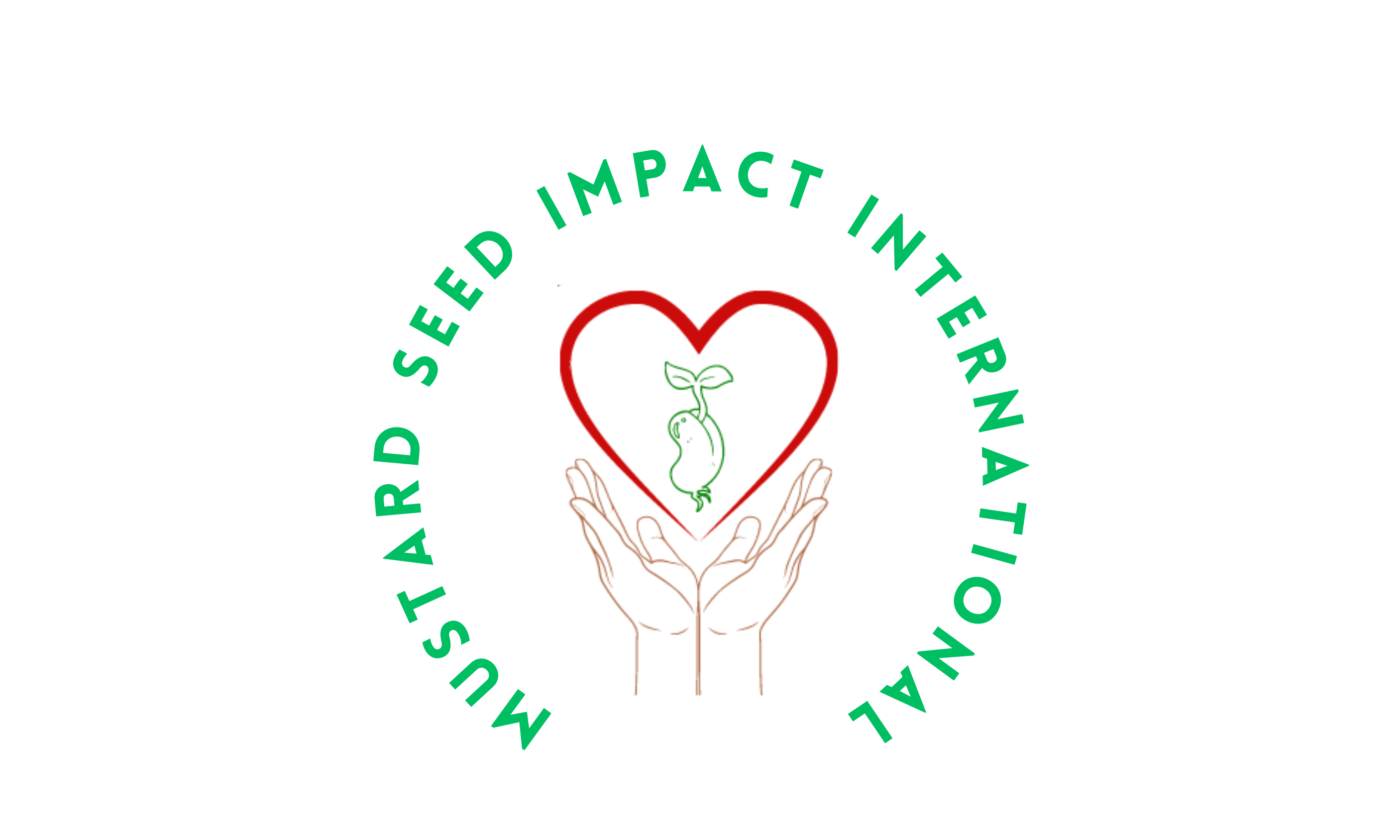Women Migrant Workers: Challenges, Contributions, and the Path Forward

In the global tapestry of migration, women play a significant and often underappreciated role. Representing 48 percent of the 281 million international migrants, women who migrate for work face unique challenges and contribute significantly to their families and economies. For non-profit organizations, understanding and addressing the issues faced by women migrant workers is crucial for fostering equitable and inclusive support systems.
The Challenges Faced by Women Migrant Workers
Women migrant workers navigate a complex landscape marked by potential gender discrimination in the job market and the absence of robust support networks in foreign countries. Many women migrate as family members rather than for direct employment opportunities, which can further limit their representation among migrant workers. These hurdles contribute to the invisibility of women in migration statistics and often hinder their economic empowerment.
Economic Contributions and Remittances
Despite these challenges, women migrant workers demonstrate remarkable resilience and commitment. They remit substantial portions of their earnings, often sending as much or even more than their male counterparts. This financial contribution is crucial, particularly given the gender inequalities in the labor market and the persistent gender wage gaps worldwide.
Women are more likely to remit regularly, driven by strong familial ties and a sense of responsibility to protect themselves and their families financially. This caregiving role underscores the vital connection between a woman’s position within the household and her propensity to remit. Understanding this dynamic is crucial in recognizing the broader social and economic impacts of women migrant workers.
Employment Sectors and Conditions
Women migrant workers predominantly work in informal, low-paid, and unregulated sectors. As of 2021, the primary industries employing women migrant workers include services (79.9 percent), industry (14.2 percent), and agriculture (5.9 percent). The demand for labor in the care industry, such as healthcare and domestic work, significantly influences the higher representation of women in service-related jobs.
A staggering 80 percent of the more than 67 million domestic workers over the age of 15 are women, and one in five of these women is a migrant worker. This statistic highlights the critical role of women migrant workers in the global economy, particularly in sectors that are essential yet often undervalued and underpaid.
The Role of Non-Profit Organizations
Non-profit organizations have a vital role in addressing the challenges faced by women migrant workers and amplifying their contributions. By advocating for policies that promote gender equality and protect the rights of migrant workers, non-profits can help bridge the gap between women’s significant economic contributions and the support they receive.
Creating support networks, providing legal assistance, and ensuring access to fair employment opportunities are essential steps in this journey. Additionally, non-profits can play a pivotal role in raising awareness about the unique challenges faced by women migrant workers and the need for targeted interventions.
Conclusion
Women migrant workers are integral to the global economy, contributing significantly through their labor and remittances. However, they face substantial challenges that require dedicated attention and action. At Mustard Seed Impact International, supporting women migrant workers is not only a matter of social justice but also an essential part of fostering inclusive economic growth.
By addressing the barriers these women face and championing their rights, we can create a more equitable and supportive environment for all migrant workers. Together, we can ensure that the contributions of women migrant workers are recognized, valued, and protected, paving the way for a fairer and more inclusive future.
